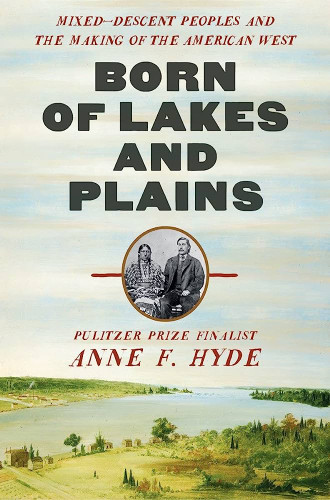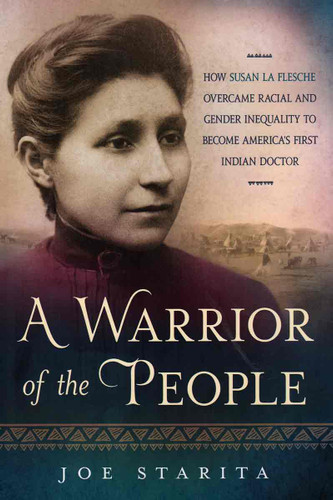
Born of Lakes and Plains: Mixed-Descent Peoples and the Making of the American West (book)
Description
Long overlooked, there is mixed blood at the heart of America. Anne F. Hyde's path-breaking history vividly combines the panoramic and the particular as she explores the lives of mixed-descent families from the Great Lakes and the southwest Plains to the Columbia River. Their lives were inscribed by history: the extension of American power in to the West; the ravages of imported disease; the violence triggered by Indian removal, and the mix of opportunity and disaster in post-Civil War reservations and the allotment. Occupying a dangerous intermediate ground in a continent of conflict, mixed-descent families were pivotal in the events that made the west.
~~~~~~~~~~~~~~~~~~~~~~~~~
Review by Anita Comeau:
Trade was needed for the survival of Indigenous Nations even before contact with Europeans. Before the 1600’s, continental trade was massive from Canada to South America, Pacific Northwest to east of the Great Lakes. Networks were built by families, clans and villages. Rituals surrounding trade made enemies into friends and family. Around the 1520’s, the fur trade started with the English, French, and some Spanish. By the year 1534, the fur trade was in full swing with Native Nations. In addition, marriage with Europeans were strategic, central to alliances, which then made Indigenous women essential for the connections and strengthening of bonds. Some of the fur traders would actually have two families. One would be Native and the other would be European with children from each wife. Generations of Native women married European and American men which led to multitudes of mixed-race children. This then accumulated in the creation of new Tribal Communities or Nations such as the Metis in Canada to the Creole in Louisiana. In treaties, land was promised to Omaha, Ottoe, Yankton and Santee, Dakota, of mixed heritage. This land was to be in Nebraska, called the Great Nemaha Half-Breed Tract. The Indian Service kept a list of names that grew into the thousands. Then the Missionaries came.
During the 1830s and 1840s, fur trade in the southern plains was concentrated at Bent’s Fort. Business was run pretty much the same way as in the north central plains. Whether in the Northern or Southern Plains, trade wasn’t easy, there were so many influences impacted the fur trade, such as: Cholera, Smallpox, and the rivers of alcohol.
“BORN of LAKES and PLAINS” is an excellent companion book to Miss Hyde’s “EMPIRES, NATIONS and FAMILIES”. The industry of the fur and pelt trade was massive in both the Northern and Southern Plains. The Northern Plains was the most interesting to me because my maternal grandmother and grandfather were of mixed Chippewa/Cree/Ojibwe/Dakota/French descent.
Reviews (0)
Be the first to review this product.
Additional Info
- SKU:
- b03,HYDE-born-of-lakes-and-plains-mixed-descent-peoples-and-the-making-of-the-american-west
- Author:
- Anne F. Hyde
- Book Details:
- paperback, 442 pages, 2022





